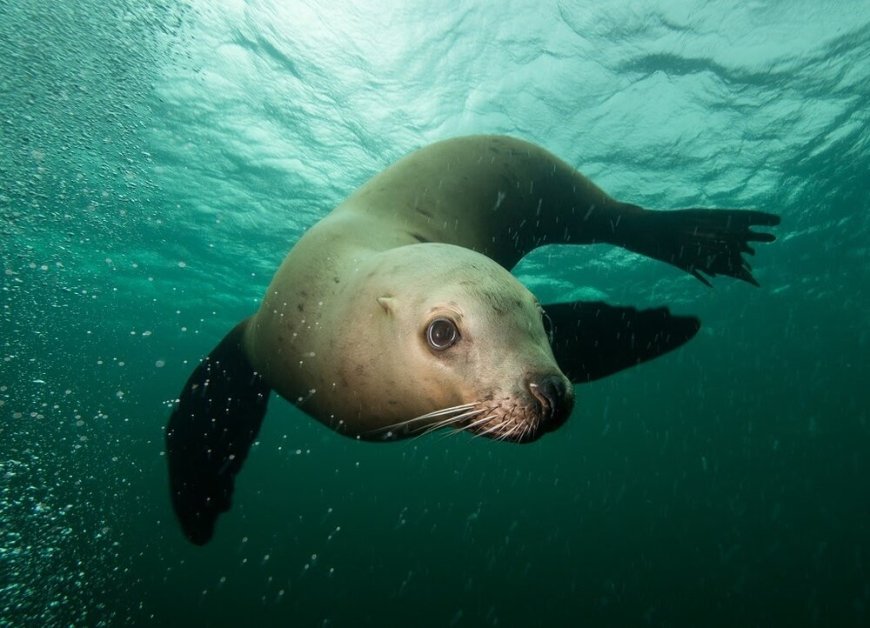"Alarming Toll: Toxic Algae Blooms Threaten Sea Lions " What do you know about sea lions?

"Alarming Toll: Toxic Algae Blooms Threaten Sea Lions " What do you know about sea lions?
Recently, hundreds of sea lions are found dead or sick on California beaches due to toxic offshore algae blooms.
What do you know about sea lions?
Sea lions are marine mammals belonging to the family Otariidae, which also includes fur seals. They are not true seals, as they have external ear flaps and can rotate their hind flippers forward to walk on land.
Sea lions are found in various coastal regions around the world, including the Pacific Ocean, the Atlantic Ocean, and parts of the Indian Ocean.
There are several species of sea lions, including the Steller sea lion, California sea lion, Australian sea lion, South American sea lion, and New Zealand sea lion, among others.
Sea lions are known for their agility in water. They are excellent swimmers and can reach speeds of up to 20 miles per hour (32 kilometers per hour). They use their powerful front flippers to propel themselves through the water.
Adult male sea lions are usually larger than females. Males often have a distinct lion-like mane of fur around their neck, which gives them their name.
Sea lions are highly social animals and often form colonies or rookeries on rocky shores or sandy beaches. These colonies can range in size from a few individuals to thousands.
Sea lions have a varied diet, primarily consisting of fish such as herring, salmon, anchovies, sardines, and squid. They are opportunistic feeders and will also consume other marine organisms when available.
Breeding season for sea lions varies among species and locations. Males establish territories and engage in vocal displays and physical interactions to compete for mates.
Female sea lions typically give birth to a single pup each breeding season. The mother provides milk to nourish and care for the pup until it can venture into the water and hunt for itself.
Sea lions face threats from human activities, including overfishing, habitat degradation, pollution, and entanglement in fishing gear. Climate change and oceanic disturbances can also impact their food sources and habitats.
Conservation efforts are in place to protect sea lion populations. International agreements, protected areas, and regulations on fishing practices help safeguard their habitats and ensure their long-term survival.
Sea lions play a vital role in marine ecosystems as both predators and prey. They help regulate fish populations and contribute to the overall health and balance of coastal ecosystems.
Sea lions have been a subject of scientific research to better understand their behavior, communication, migration patterns, and overall ecology. Such studies contribute to conservation efforts and aid in the management of their populations.
In addition to their ecological significance, sea lions also captivate and entertain humans with their acrobatic displays and charming behaviors. They are a popular attraction in marine parks and often featured in educational programs and shows.
Observing sea lions in their natural habitats can be a rewarding and memorable experience. Responsible wildlife viewing practices, such as maintaining a safe distance and minimizing disturbance, are crucial for ensuring the well-being of these remarkable creatures.

 Chief Editor
Chief Editor 





